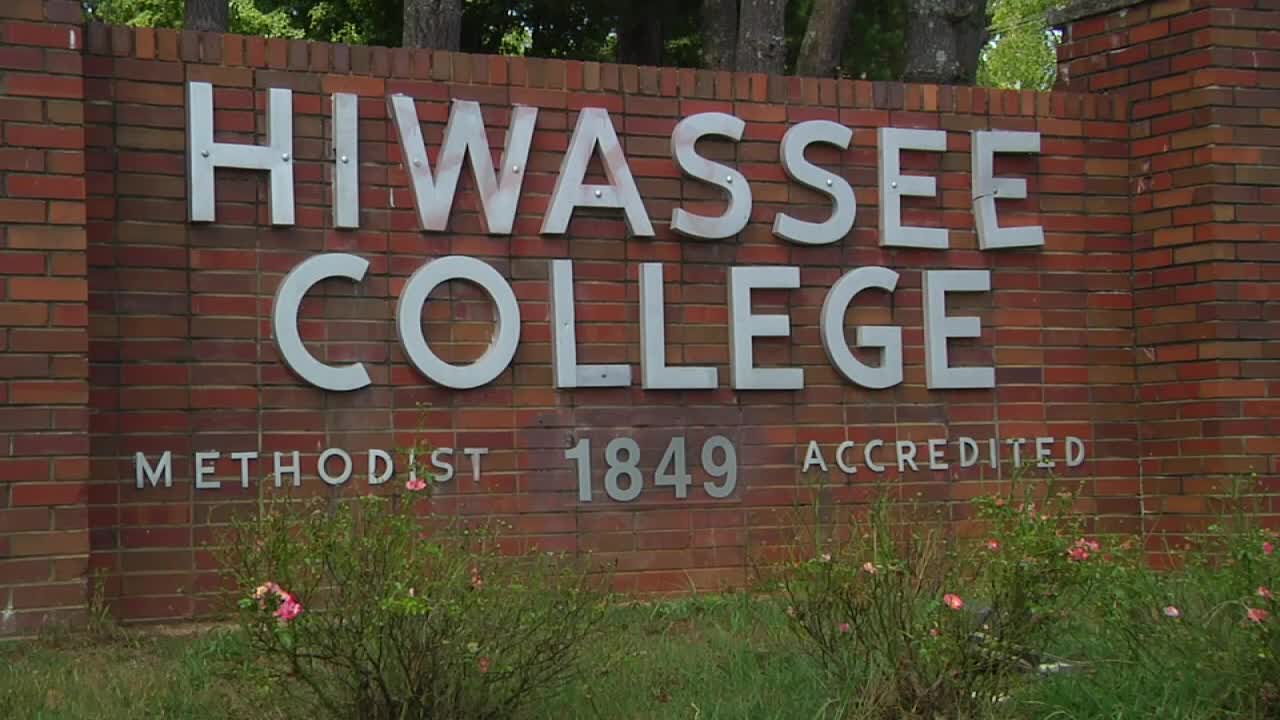This an update to an earlier post in mid-December 2014. That earlier analysis was based on about 350 opinion pieces. Now, however, I’ve amassed nearly 600 opinion pieces by college and university presidents that have been published in 2014, on line or in print, making this a far more definitive look at presidents' op-eds than the earlier post. In mid-January, I posted a comprehensive list of the 205 presidents represented in the database . Here are some demographics… Sector: Even with intense outreach to all sectors for published op-eds and an ongoing search across all media, private college and university presidents dominate the collected opinion pieces (70%). Public four-year institutions account for 22 percent, with community colleges being the smallest segment (8%). I’ve chosen to exclude tribal colleges and for-profits, but have seen virtually no op-eds from those sectors anyway. Number of Writers: As I note on the full list of presidents in the database, those with … [Read more...]
Who’s Writing the Op-eds?: A Fresh Look at the Presidents Behind the Words
Washington Post Launches New Higher Ed Blog
The Washington Post has added a new higher education blog, Grade Point, that according to the Post’s announcement January 13, will “present a comprehensive daily report about local and national higher education.” Susan Svrluga (formerly Susan Kinzie) will oversee the new venture. Susan has been with the Post for over 10 years, and earlier in her tenure (under her former name) served as higher education reporter. Also contributing to the new blog will be higher ed writer Nick Anderson and former Chronicle of Higher Education editor Jeff Selingo. The announcement, written by Post Education Editor Josh White, also notes that the blog will “aim to include voices of those connected to higher education coast-to-coast, from university presidents to college freshmen,” making it another possible venue for op-eds by presidents and others on campus. A somewhat expanded version of the announcement appeared in the print edition of the Post on January 19 but, for whatever reason, … [Read more...]
Making a List
No, this isn’t a Christmas post, though Santa has long known the power of lists in keeping you focused on what’s important. As I’ve looked at hundreds of college presidents’ op-eds over the past year, I’ve noticed how some writers are making effective use of lists. What makes lists work as communication devices? They cast a spotlight on your key points. Rather than having to mine paragraphs for those key points, the reader can zero in on what’s important. They force you to prioritize and organize. In some op-eds, I sense the writer wandering without clear direction, like a lost driver. Lists are a bit like GPS for your writing. They are scan-friendly: In today’s Twitter world, many readers don’t have the patience or time to absorb a lengthy narrative. Lists are the billboards for drive-by reading. News media love them. Anyone who’s been in public relations beyond PR101 knows that lists are like catnip to editors. Send a news release titled “The Top Ten … [Read more...]
More Than You Wanted to Know About Op-ed Length
How long should an op-ed be? Well, that depends. I’ve looked at close to ten how-to guides for op-eds, all written by respected PR pros over the past 25 years. The conventional wisdom varies a bit: Under 700 or 800 words, most say. Many zero in on a “sweet spot” of 600 to 750 words. However, my analysis of 200 opinion pieces by college presidents tells a somewhat different, and more nuanced, story. In looking at the op-eds from the first half of 2014, I did a word count on those that I had put in the database and could access the full text for such a count. (I did exclude one extreme outlier – a 2,500-word New Yorker piece.) Here’s a graph of all 200: Note the long, gentle curve from about 300 words to 1,800 words, showing a broad distribution of op-ed lengths. Conventional wisdom is, in fact, somewhat right: that 600-750 word “sweet spot” does lie near the middle of the graph, and accounts for over a quarter of the op-eds studied. However, almost as many are … [Read more...]

